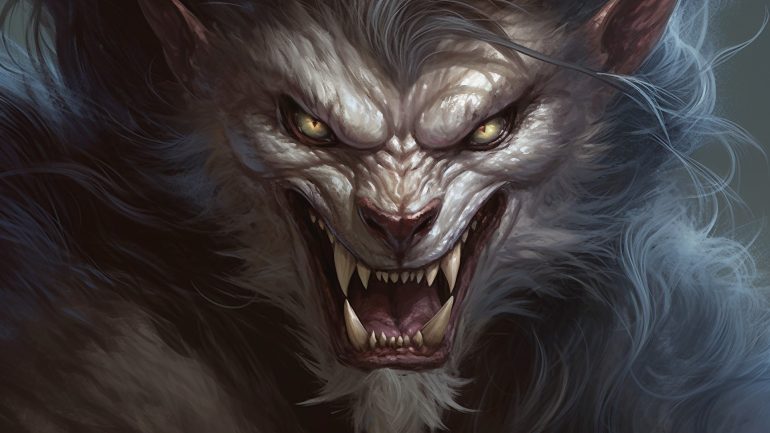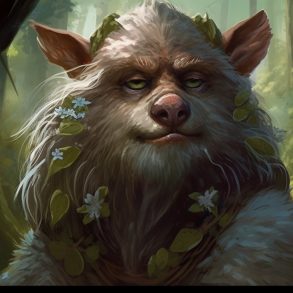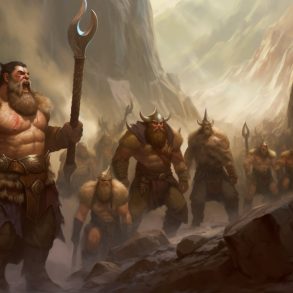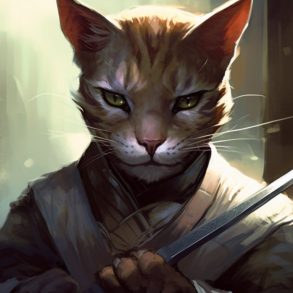Werewolves. Many people think they are incredibly cool and terrifying (except for the people that don’t). The condition where one turns into a raging beast come a full moon – often with little to no control – is called Lycanthropy, and there’s more than just Werewolves; there’s Wererats, Weretigers, Werebears, and so much more! So this time, let’s get a little hairy and sharpen some claws!
What is Lycanthopy?
No matter how you slice it, Lycanthropy is a curse and can be removed in the same fashions as just about any other curse, though someone born with it cannot escape except through the wish spell. And it’s a contagious curse that can be powerful if wielded by the right creatures. The features it always entails are Immunity to Bludgeoning, Piercing and Slashing, the Shapechanger feature (into hybrid, or animal forms, or revert; Action), an Increased Ability Score (Increases to a set value, but never decreases), and Natural Weapon Attacks that you’re proficient in and spread the curse (DC = 8 + Your Proficiency Bonus + Your Constitution Bonus).
Each Lycanthrope is different in subtle ways, such as some getting an AC, sense, or Movement Speed bonus while in their animal or hybrid form, but they can fight the curse or embrace it. Fighting means they lose control, but only when they transform. While embracing means they keep control but gain the mannerisms of the particular Lycanthrope that they became, typically shifting the creature’s alignment. But just because a Lycanthrope isn’t human doesn’t mean they lose their racial traits; they keep them. They just have the bonuses above listed in the MM (p.g. 207) if you want to look at what specific ways they change.
What if a player becomes a Lycanthrope?
Just because these are monsters with stat blocks doesn’t mean players can’t become one. The aforementioned page in the MM states the bonuses players receive when becoming Lycanthropes, including all the bonuses I included in paragraph 2 (not including the quote) and any type-specific bonuses. But unfortunately, you do have to reference the monster stat blocks to figure out the damage dice.
Playing a Lycanthrope
Now, suppose you want to play a Lycanthrope in an incredible way. In that case, you could give them strange habits that reflect their bestial instincts, such as being distracted quickly, having unbridled emotions, eating meat raw, climbing things, being a little more impulsive, or even having an almost constant itch. And you could also describe your beast and hybrid forms in unique ways to top it off!
Homebrewing Lycanthropes
But if you want to make a homebrew were-creature, all you have to do is add unique bonuses for that specific Lycanthrope, for example, the Werefish! Their Strength becomes 16 unless it is higher already, their base alignment is True Neutral, their hybrid and fish forms have a swim speed of 60 ft., Water Breathing (hybrid can hold its breath for 10 minutes), a +1 to AC, and a 1d8 strength-based bite attack. Of course, you can do this for just about any creature (beasts make the most sense), but you can add this to your ocean encounters, alongside a few Weredolphins and other ocean creatures, to spice up ship battles!
Lycanthropes are entertaining creatures, and you should not overlook them if you want some early game mystery. And with that, you may want to try giving one a shot. Perhaps try and get one of your players turned into one, or maybe give it some aberrant or sorcerous origins, and you have a fantastic concept on your hands. Now go and spread it like Lycanthropy!






